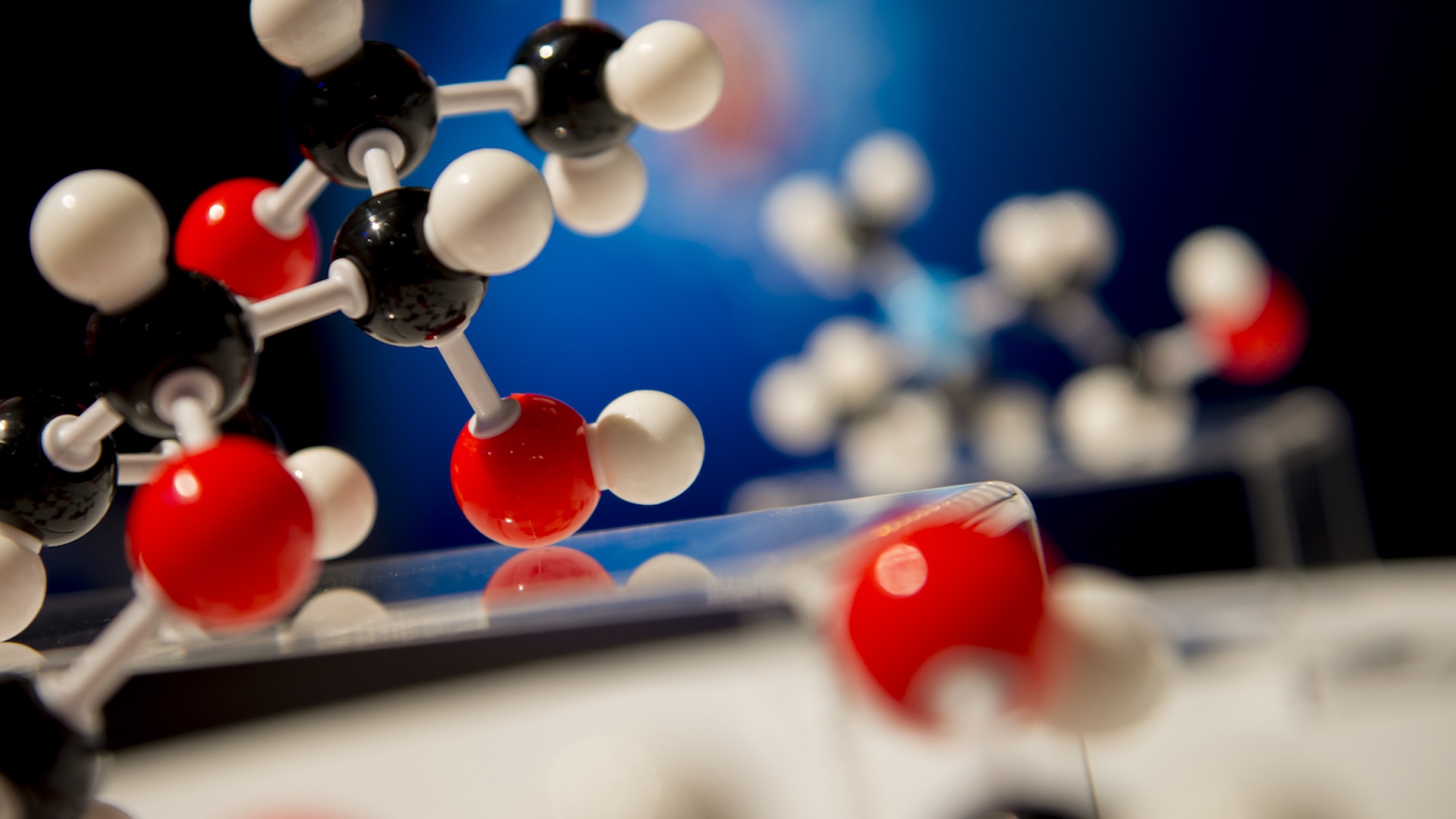Unlocking Efficient Energy Tech: Rethinking Water Dynamics in Clean Energy Devices
Key Ideas
- New research challenges the belief that high free-flowing water is necessary for efficient ion transport in energy membranes, emphasizing the importance of water network structure.
- Understanding fast water dynamics through advanced spectroscopy and simulations can lead to more resilient and efficient clean energy devices.
- Optimizing ion flow in anion exchange membranes could enhance the performance of fuel cells, batteries, and energy storage solutions, contributing to sustainable infrastructure.
- The research provides a blueprint for improving energy membranes, potentially revolutionizing clean hydrogen production, desalination processes, and wastewater treatment.
Recent research has shed new light on the role of water in transporting charged ions across anion exchange membranes (AEMs), crucial components in clean energy technologies like fuel cells and electrolyzers. Contrary to previous beliefs, high levels of free-flowing water are not essential for efficient ion transport. Instead, researchers from the University of Chicago and New York University found that the structure of the water network is paramount. By utilizing cutting-edge two-dimensional infrared spectroscopy and computer simulations, the scientists observed that a well-formed water network, rather than excess water, enhances ionic conductivity and ion transport, leading to improved performance of energy membranes. This discovery could revolutionize the design of AEMs, making them more resilient and efficient in low-humidity environments. The study also highlighted the potential applications of this research, including the optimization of energy membranes for better battery performance, clean hydrogen production, and sustainable energy storage solutions. Overall, the findings offer a promising molecular-level blueprint for enhancing various clean energy devices and advancing towards a more sustainable energy future.
